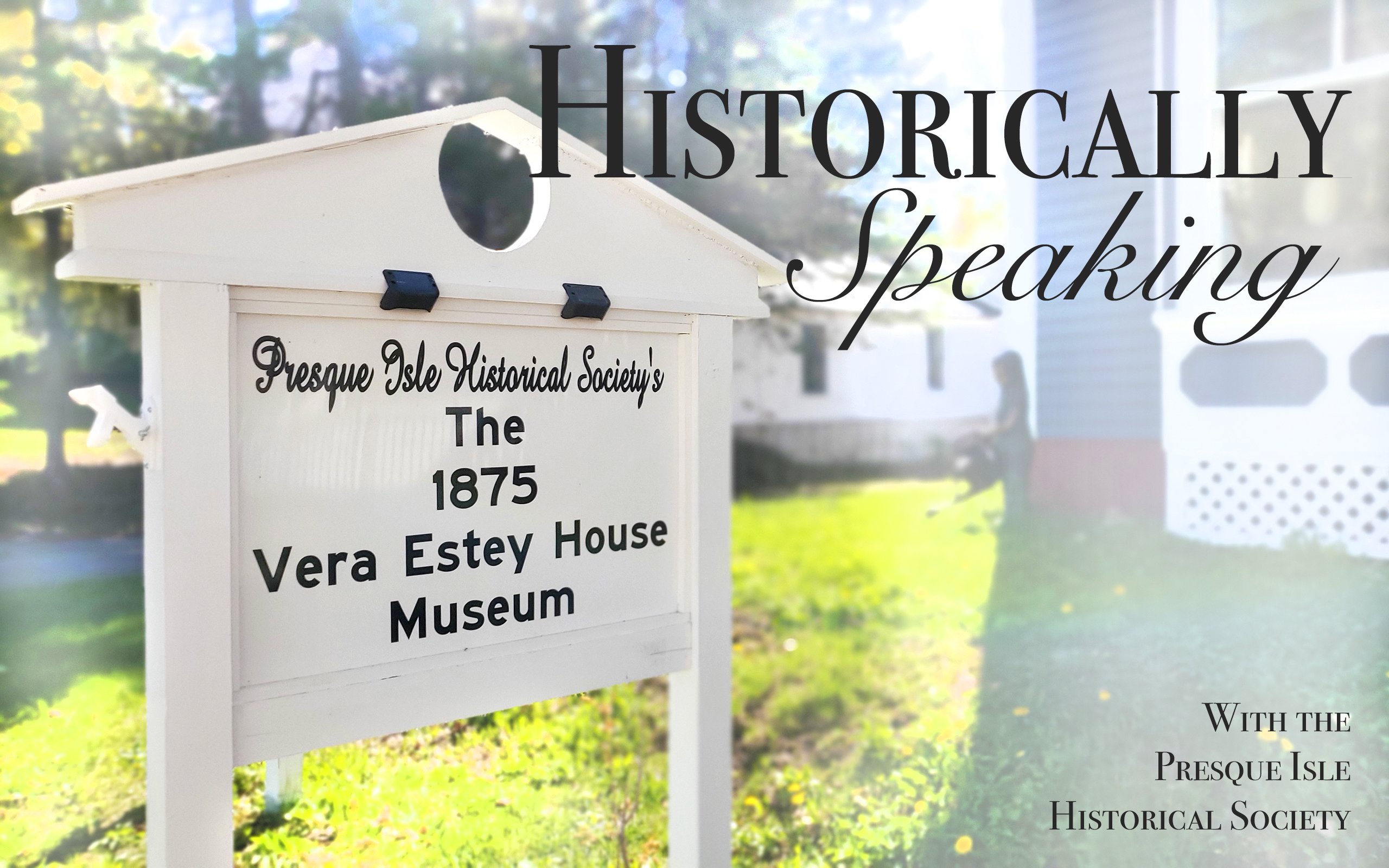Hats have played a large role in history throughout the ages, often indicating status. For centuries, ostrich plumes were worn on hats as decoration especially by prominent men.
By the 1600s, women of means had adopted this fashion. In the 15th and 16th centuries, feathers became such a major status symbol that laws were passed prohibiting the lower class from wearing them. The focus on the “natural” world in the 1800s created an increased demand for feathers. By the 1890s, women were wearing whole bodies of birds on hats and clothing.
In the Victorian era (1837-1901), symbolism was pervasive. Symbols were used to convey emotions in jewelry and fashion. In addition, symbols showcased newfound wealth. Birds such as the swallow were frequently seen in jewelry and postcards of the time to symbolize wanting your loved one to return home safely and faithfully. Birds on hats symbolized femininity.
In 1886, noted ornithologist Frank Chapman while walking through Manhattan observed 700 ladies’ hats, of which 525 were topped by birds and feathers. In all, 40 varieties of birds were represented.
Popular feathers or “plumage” used for hat decoration came from herons, peacocks, osprey, pheasant, garden fowl, pigeons, turkeys, geese and roosters. The feathers were made into plumes, pom-poms, and bands. The wings, breasts, quills and even whole birds were used. Sometimes, fantastic creations not resembling anything known in nature were made using parts from several birds. Feathers from rare birds gave greater prestige to the wearer. These creations were not made by milliners or craftsmen in small, quaint hat shops, but instead came from large factories employing thousands. In 1900 North America, the millinery industry employed over 80,000 people.
At the time, people simply did not give much thought to the effect on bird populations. The American Ornithologist Union estimated in 1886 that five million North American birds were killed each year for millinery purposes. It was also estimated that 67 types of birds including sub-species were at risk for extinction. The birds were killed for their feathers and often when the feathers were at their most resplendent, which meant during mating season. This interrupted the reproductive cycle of the birds and often left baby birds orphaned.
A single order for feathers in 1892 by a London dealer included 6,000 birds of paradise, 40,000 hummingbirds, and 360,000 various East Indian bird feathers. A 1902 London auction sold 1,608 packages of heron feathers each weighing 30 ounces. Each ounce required the use of four herons. The math then tells us that 192,960 herons were killed to equal 1,608 packages.
The 1886-1887 winter issue of Good Housekeeping reported 40,000 terns were “killed in one season by a single agent of the hat trade.”
By the late 1890s, women conservationists around the country were calling for the protection of American birds. The Oct. 24, 1897, edition of the Chicago Daily Tribune called for women to refrain from wearing birds or feathers of any kind on their hats except for ostrich plumes as ostrich plumes could be gathered without torturing or killing the bird. In fact, ostrich farming had become a successful business by that time in California, Arizona, Texas, Arkansas and Florida. (In 1880, the value of a pound of ostrich feathers paralleled that of diamonds.)
In the personal section of the April 3, 1886, magazine Harper’s Bazaar, the formation of the first Audubon Society was announced for “fostering an interest for the protection of wild birds from destruction for millinery and other commercial purposes,” founded by George Bird Grinnell, owner and editor of Forest and Stream. Unfortunately, this original society had faded away by 1895 and the wearing of bird hats was still as popular as ever.
In 1896, after reading an article describing the horrific murder of birds in Florida for plumage, a well-known Boston socialite and philanthropist, Mrs. Harriet Hemenway, called her cousin, Miss Minna B. Hall, and, over tea, the two contacted wealthy and fashionable women from the Boston social register asking them to boycott feathered millinery.
By 1900, the U.S. Congress passed the Lacey Bird and Game Act. This law prohibited trade in wildlife, fish and plants that have been illegally taken, possessed, transported or sold. President Roosevelt signed an executive order in 1903 protecting Pelican Island in Florida as a federal bird reserve.
In 1913, the Weeks-McLean Act was passed prohibiting spring hunting of migratory birds, and the importation of wild bird feathers for ladies’ fashion. It further gave the Secretary of Agriculture the power to set hunting seasons nationwide, making it the first U.S. law ever passed to regulate the shooting of migratory birds.
Despite all of these regulations, some hat-makers continued to use feathers. Reports of “murderous millinery” atrocities led to formation of the first Audubon societies. The Audubon Society offered public lectures on such topics as “Woman as a bird enemy” and erected Audubon-approved millinery displays. It also selected regulatory committees to audit the millinery sold in key areas. By 1912, the National Audubon Society had seasonal wardens in place in Florida swamp areas to protect the then nesting colonies of wood storks, egrets, and other wading birds.
The term “audubonnet” was term given to the non-feathered hats that the Audubon Society encouraged milliners to make as an alternative. Audubonnets used the feathers of domestic birds.
In 1918, the Migratory Bird Act was passed. This law made it “unlawful to pursue, hunt, take, capture, kill, possess, sell, purchase, barter, import, export, or transport any migratory bird.” Although this act was credited with ending the bird and feather hats, it may actually have been the popularity of a new hairstyle – the bob – in the 1920s that ultimately did away with the extravagant hats as the shorter cuts would not support large hats instead bringing in the plain slouch hats or “cloches” as THE fashion accessory.
Kimberly R. Smith is the secretary/treasurer of the Presque Isle Historical Society.





